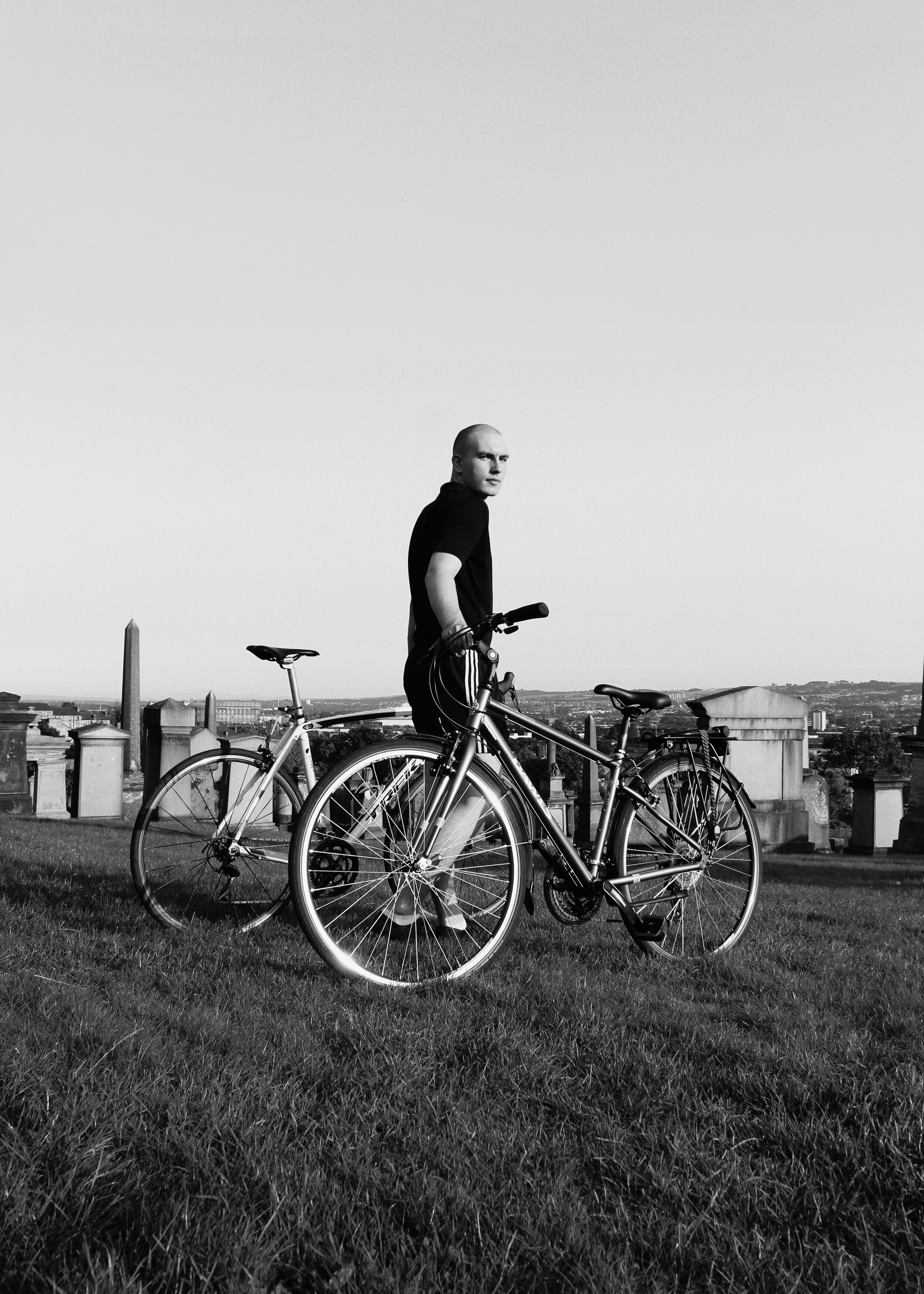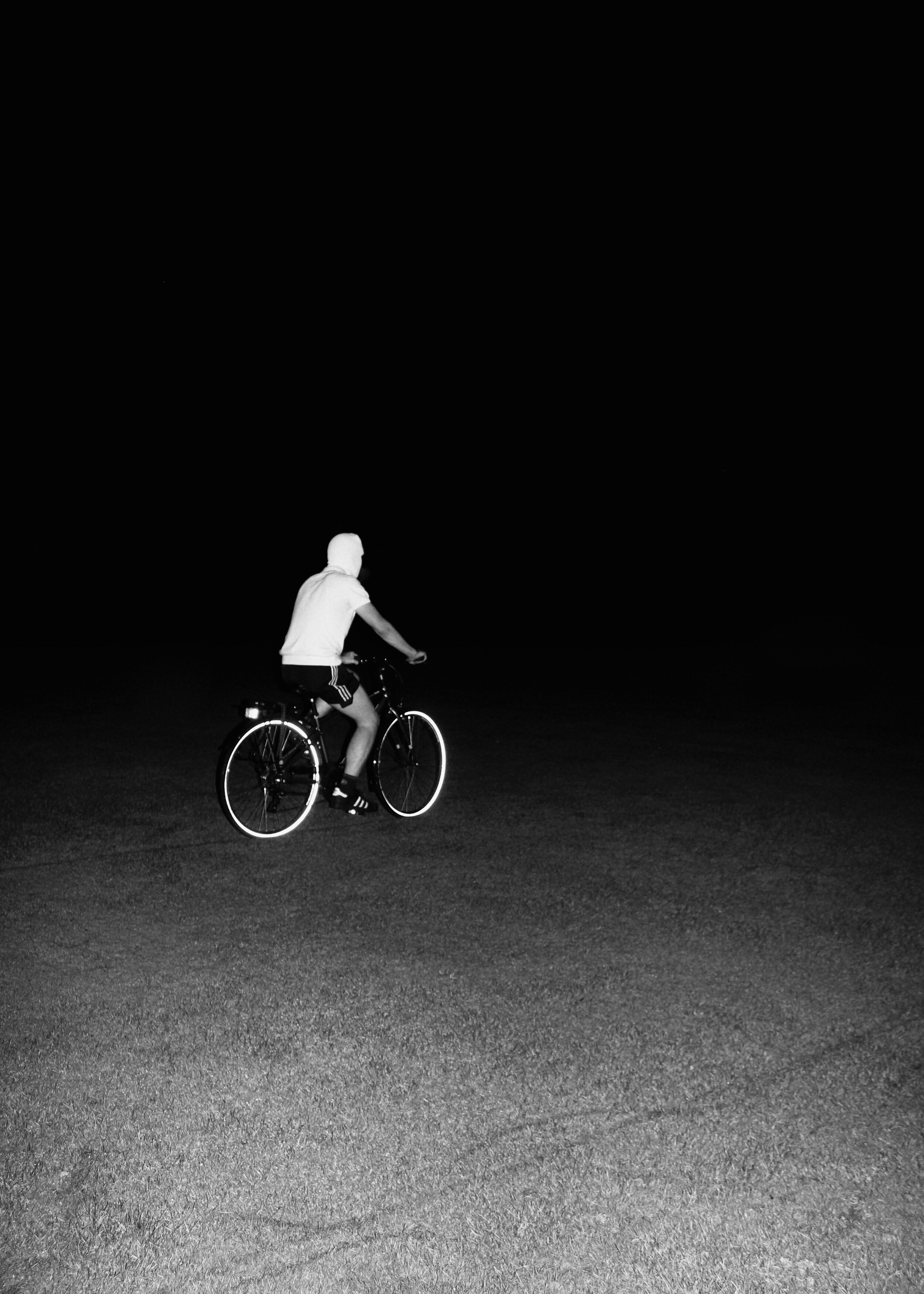It's hard to cry on a bike
By S. Parke
There’s nothing more infuriating than opening up to someone, only for the swine to turn around and tell you that “doing some exercise will make you feel better.” It’s even more infuriating when they’re right. At a time when my parents and I are grieving the prolonged and uncertain absence of my brothers, we’re all trying to cope in a similar sort of way. Mum swims. Dad runs. I cycle.
It’s a passive sort of exercise – not some gut-wrenchingly difficult marathon run in the rain, as would feel appropriate for someone who is grieving. After all, grief is always so raw and visceral in the films. Like in Midsommar, when Dani is sobbing, all the women form an insular huddle around her, and the whole group wails – open-mouthed – in unison. There’s a fair bit of open-mouthed crying like that in films, where the actors are acting a bit too hard and there’s a lot of snot and spit involved. It’s grim, but that’s what looks good on film; it’s dramatic. However, bearing witness to such scenes makes your own grieving feel like it must be a spectacle for it to be valid, even when you do it privately and alone. If I’m not on my knees bawling in the middle of the street, I must not be very sad at all. No one in these films has cycled down to Tesco to buy a bag of Pick n Mix.
But cinema is one thing, and life is another. I think a better depiction of grief, than that in Midsommar, is in Naoko Ogigami’s film Close-Knit. Tomo says, “When I’m really pissed off or so depressed I want to die, I just knit.” A sort of understated, practical approach – because let’s be honest, most people don’t have the time to give over to full bodied despair. They have to do their shopping, and get their kids from school, and turn in assignments, and send emails, and pay silly bills. You have to find ways to just get on with things; and so: the bike.
It has become my crutch in recent years. There’s an almost direct correlation in my life between how bad things are, and how much I’m on my bike. The second I get that fluttery feeling in my chest, I’m on it. Not to make out that I’m some kind of ‘health nut,’ as there’s a fair bit of clubbing, drinking and crappy food involved in the healing process. But despite the restorative powers of a boogie and a chippie, you run the risk of a drunken cry at the end of the night. Whereas, it’s hard to cry on a bike. It’s definitely not impossible, especially if you have dyspraxia like I do, and twat it onto the pavement on a monthly basis. But as a general rule, it’s pretty hard.
Although there’s an endorphin rush that comes with exercise, getting on your bike is about more than that. There’s no mindless repetition, no stop/start or start/stop that comes with other forms of exercise, like sprinting or swimming laps in the pool, which I used to do when I’ve been stressed before. With a bike, you get to go somewhere, and you can go almost anywhere — fast. So, when everything feels a bit numb, I’ll get on my bike and go somewhere, to the abandoned graving yards, or up to the Necropolis, or along the river. It gets me out of my head and grounds me back into real life. No matter how bad I’m feeling, if I’m free-wheeling down a big hill, listening to “Do Ya Think I’m Sexy” by Rod Stewart on repeat, it all seems a bit better. It doesn’t work for everyone, but it works for me. On a bike, you cannot go sideways or backward without going forward first. So, even when everything goes tits up, my bike will take me forward. ◆










